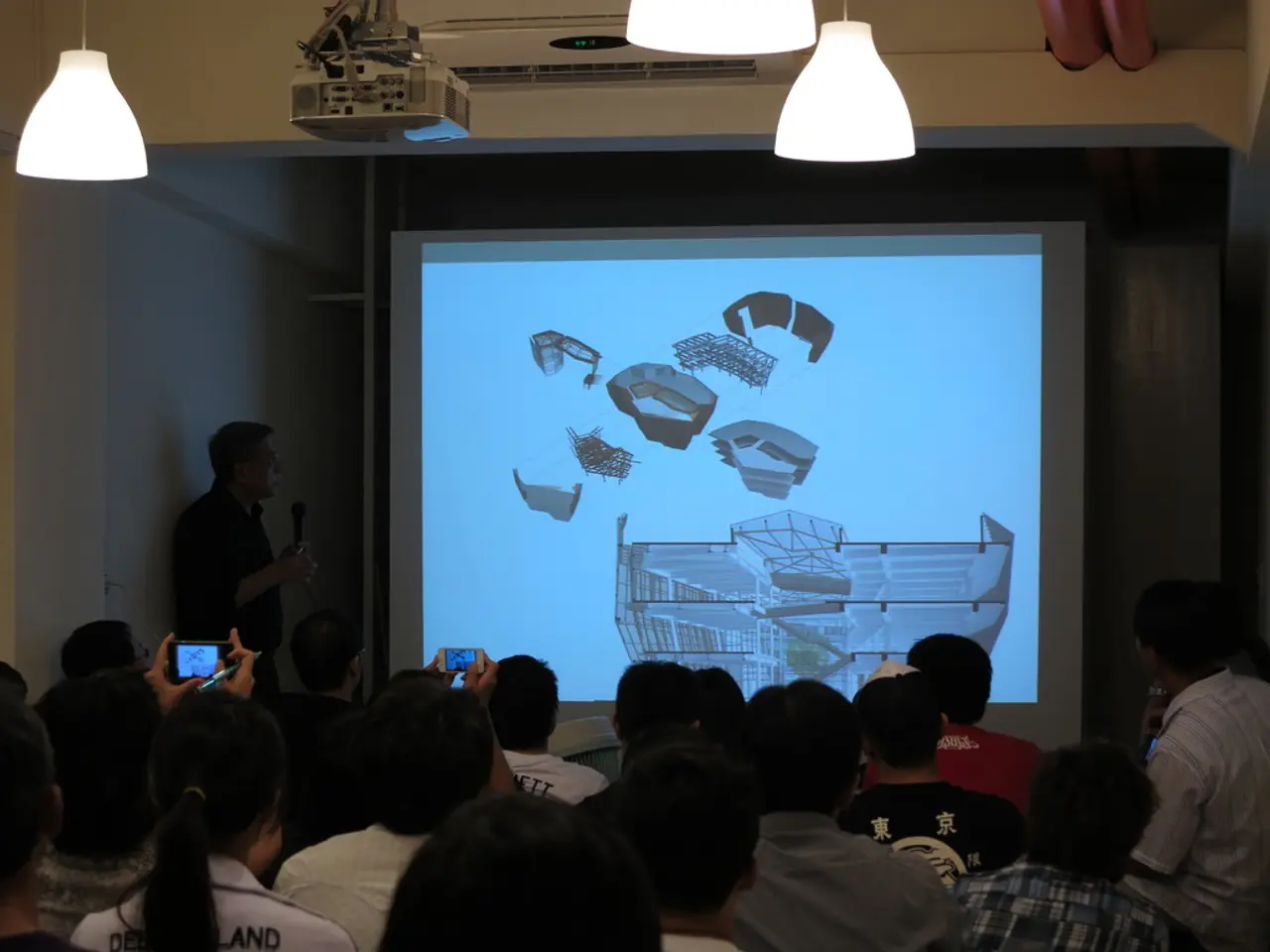Unveiling the 'Rainbow Effect' Phenomenon
In the realm of digital projection, Digital Light Processing (DLP) technology, developed by Texas Instruments in the late 1980s, has made significant strides since its inception. Originally designed for use in commercial movie theaters, DLP technology has since expanded its horizons to cater to a variety of applications.
**The Journey of DLP Technology**
DLP's journey began in the late 1990s when it was first employed in digital projectors. The technology's high contrast ratios and fast switching times made it an ideal choice for video and data projection. Over the years, DLP has evolved to improve brightness, resolution, and color accuracy, making it suitable for high-end applications such as home theaters and professional presentations.
**Pioneering the 3D Printing Revolution**
DLP technology has also found a niche in the 3D printing industry. By rapidly curing resin layers, DLP enables the creation of complex geometries with high precision and speed.
**DLP vs. LCD and LCoS Technologies**
Compared to Liquid Crystal Display (LCD) and Liquid Crystal on Silicon (LCoS) technologies, DLP offers several advantages. It provides better contrast ratios, viewing angles, and color accuracy. The use of micromirrors in DLP also contributes to a potentially longer lifespan compared to LCD panels, which can degrade over time due to backlight issues.
However, DLP does have its drawbacks, such as the "rainbow effect" or pixelation in some cases, which LCoS does not exhibit. The choice between DLP, LCD, and LCoS often depends on specific application needs.
**The Future of DLP Technology**
The latest evolution in DLP projection is the use of RGB pure laser technology, which employs individual red, green, and blue lasers as direct light sources. This innovation results in more vivid, true-to-life colors and nearly 100% coverage of the Rec. 2020 color gamut.
Furthermore, DLP could be integrated with emerging display technologies like microLED to enhance brightness and contrast. The future of DLP technology looks promising, with potential for growth in various applications and its position to remain at the forefront of the industry for years to come.
It's worth noting that DLP operates using binary digital light processing, unlike LCD and LCoS projectors that rely on analog voltage modulation. This binary approach provides advantages such as uniform image reproduction, higher native contrast ratio, and faster response time.
In conclusion, DLP technology has come a long way since its inception, evolving to support higher resolutions, from Standard Definition (SD) to Full High Definition (FHD) and now to 4K resolutions, with the potential for even more refined implementations of 8K and beyond. The future of DLP technology is bright, promising to continue revolutionizing the digital projection industry.
DLP technology's advancements extend beyond digital projection, as it found a niche in data-and-cloud-computing, featuring in applications like data visualization and scientific simulations. Furthermore, DLP's beneficial features, such as high contrast ratios, fast switching times, and enhanced resolution, make it an attractive choice for these specialized applications.




